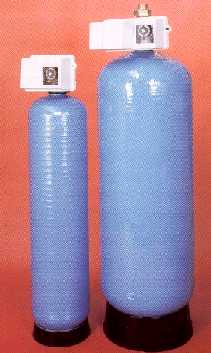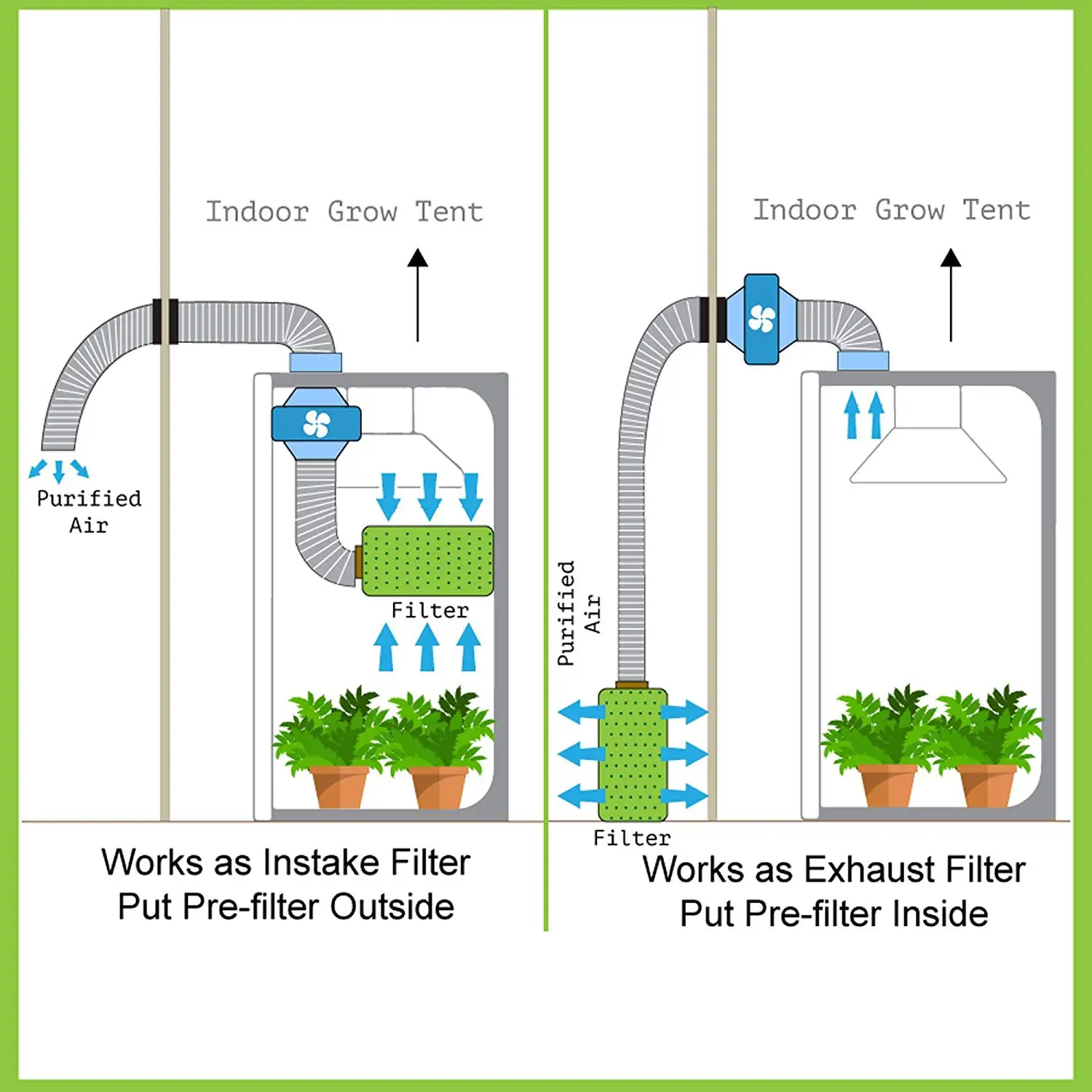


Two HEPA air cleaners (Honeywell 50250-S, Kaz Inc.) were used, each rated to provide 250 ft 3 per minute (0.12 m 3 per second) of air filtration for a combined total of 5.2 air changes per hour. The simulators were placed in a 584–ft 2 (54–m 2) conference room with a heating, ventilation, and air conditioning (HVAC) system that provided 0.1 m 3 per second of air flow (202 ft 3 per minute two air changes per hour) with no air recirculation. The methods used were similar to those used in previous studies of aerosol dispersion and transport in indoor spaces ( 3, 4, 6).
DO ACTIVATED CARBON FILTERS PROTECT AGAINST COVID PORTABLE
These findings suggest that portable HEPA air cleaners can reduce exposure to SARS-CoV-2 aerosols in indoor environments, with greater reductions in exposure occurring when used in combination with universal masking.Ī breathing aerosol source simulator was used to mimic a meeting participant exhaling infectious particles (source), and three breathing simulators were used to mimic a speaker and two participants exposed to these aerosol particles (receivers) ( Figure 1). The HEPA air cleaners were most effective when they were close to the aerosol source. The combination of the two HEPA air cleaners and universal masking reduced overall exposure by up to 90%. Without the HEPA air cleaners, universal masking reduced the combined mean aerosol concentration by 72%. The addition of two HEPA air cleaners that met the Environmental Protection Agency (EPA)–recommended clean air delivery rate (CADR) ( 5) reduced overall exposure to simulated exhaled aerosol particles by up to 65% without universal masking. To investigate the effectiveness of portable HEPA air cleaners and universal masking at reducing exposure to exhaled aerosol particles, the investigation team used respiratory simulators to mimic a person with COVID-19 and other, uninfected persons in a conference room. Ventilation systems can be supplemented with portable high efficiency particulate air (HEPA) cleaners* to reduce the number of infectious particles in the air and provide enhanced protection from transmission between persons ( 2) two recent reports found that HEPA air cleaners in classrooms could reduce overall aerosol particle concentrations by ≥80% within 30 minutes ( 3, 4). To reduce indoor transmission of SARS-CoV-2 between persons, CDC recommends measures including physical distancing, universal masking (the use of face masks in public places by everyone who is not fully vaccinated), and increased room ventilation ( 1). SARS-CoV-2, the virus that causes COVID-19, can be spread by exposure to droplets and aerosols of respiratory fluids that are released by infected persons when they cough, sing, talk, or exhale.


 0 kommentar(er)
0 kommentar(er)
